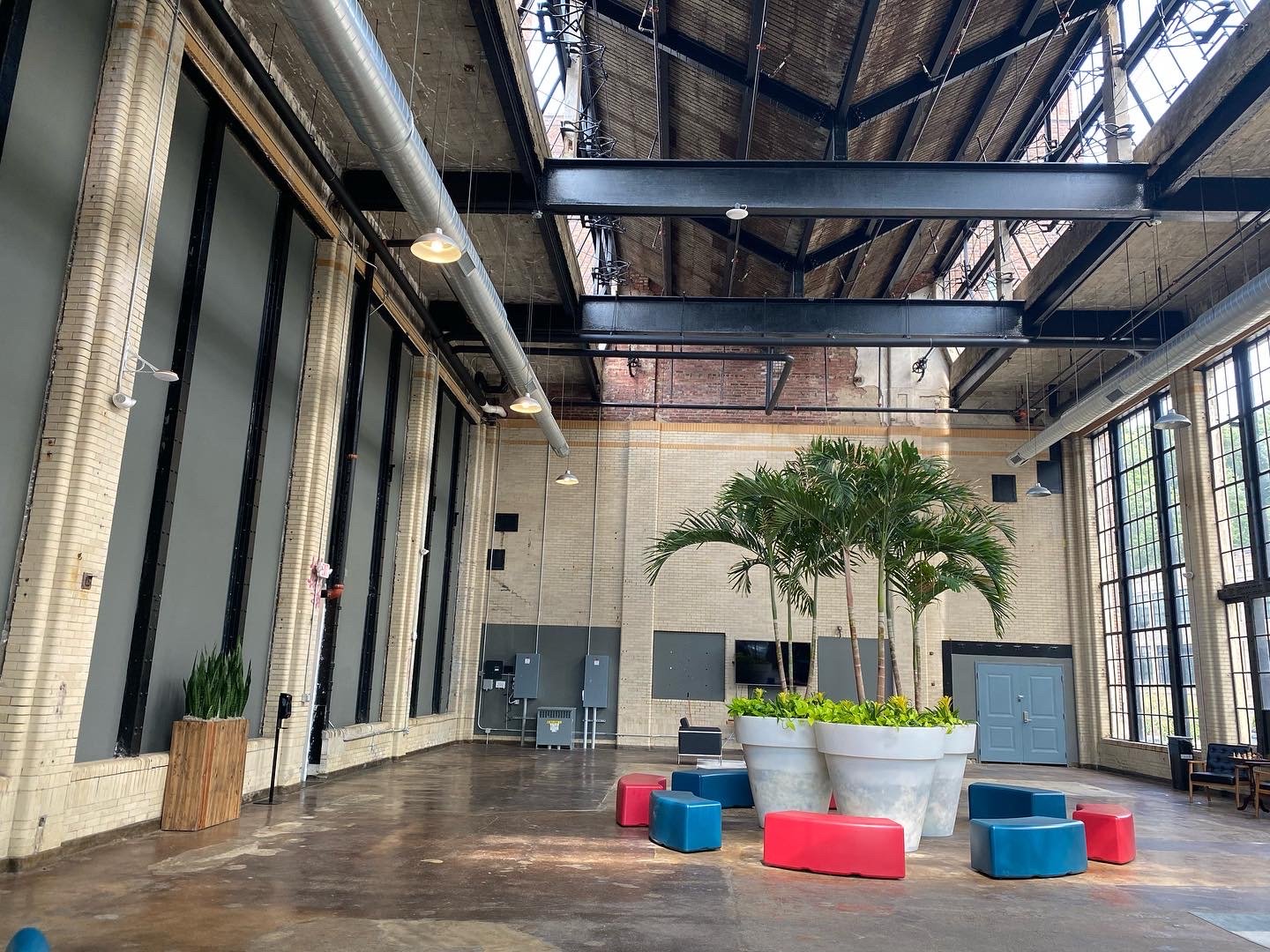When Preservation Is Worth It
In my many years working in the field of historic preservation I have seen some communities commit to preserving as much of their built history as possible, others demolish nearly all of it, and a majority that falls somewhere in between. What I could never understand is how different cities decide when preservation is worth it. The most common argument for demolishing an old building and starting fresh is the costs to rehab the building are just not worth the investment. But I’ve seen some really amazing projects that save some real questionable buildings and turn them into really productive reuses. One example is the Water Works in Minneapolis which you can see in the image below where the old stone and the new brick come together. It was in ruins when they began the project and now it’s home to a restaurant on the Mississippi Riverfront that you need a reservation weeks in advance to get a table. A project that seems to have been well worth the effort of saving the ruins from complete destruction.
Minneapolis Water Works Park Pavilion
Another great project that is partially complete is the Peters Cartridge Factory just outside of Cincinnati, Ohio. The complex, built out over time beginning in the early 1900s, was abandoned in 1968. It sat for years before an ambitious development team came in and rehabilitated the complex into housing and the home of the Cartridge Brewing Company. An environmental hazard site given its decades of heavy industry use, the buildings could have easily been torn down and the site cleared for a new set of buildings. Instead, they chose to take on the challenge of working with these icons of the small town they helped found and in the end created an amazing reuse project.
When looking at my own community, our values or threshold for facing challenging projects seems to fall short. As of late, more older buildings, some deemed to have historic merit through local or National Register designations, meet the wrecking ball rather than see a new and interesting use. We have had a handful of interesting renovations and many buildings saved, but seeing an equal number go, especially when they are concentrated in a smaller area is hard to watch. In the past we have done some great projects including moving three identical homes a few miles to a new block in order to save them as a stormwater and roadway project came through. Which has me wondering what is the sticking point for when a building gets saved and when it goes, because building condition seems to be irrelevant depending on the location and developer.
It typically comes down to regulations and funding. I recall when touring the Peters Cartridge Factory that the developers were combining several different funding sources including Historic Tax Credits and the project faced some major uphill battles. They were committed to seeing the project through so while funding was a big reason why the project moved forward, they put in the time and effort to find those various sources to make the project happen. With the three identical homes that were moved in my own community, those were saved thanks to government regulation. We would have three fewer affordable homes and have lost three pieces of our early development history had it not been for the Section 106 review as part of the major roadway and stormwater project several decades ago.
There is one other approach that can help save a building and that’s advocacy. While not always successful, I have seem many buildings saved thanks to the tireless efforts of groups or individuals that fight for the buildings continued life. The Mill Ruins at the Water Works project are a version of this approach. While not a fight to save them from imminent demolition, there were advocates that saw their value in Minneapolis’s milling history and sought to include them in the design of the new park, rather build over top of them.
An interesting thesis project would be to examine several cities of varying sizes and what types of projects are being built or torn down, what types of funding sources are available, what their preservation codes look like, and what type of advocacy groups are in place. Maybe then we could see what the right combination of incentives and regulations are to produce an environment where preservation is worth it.








